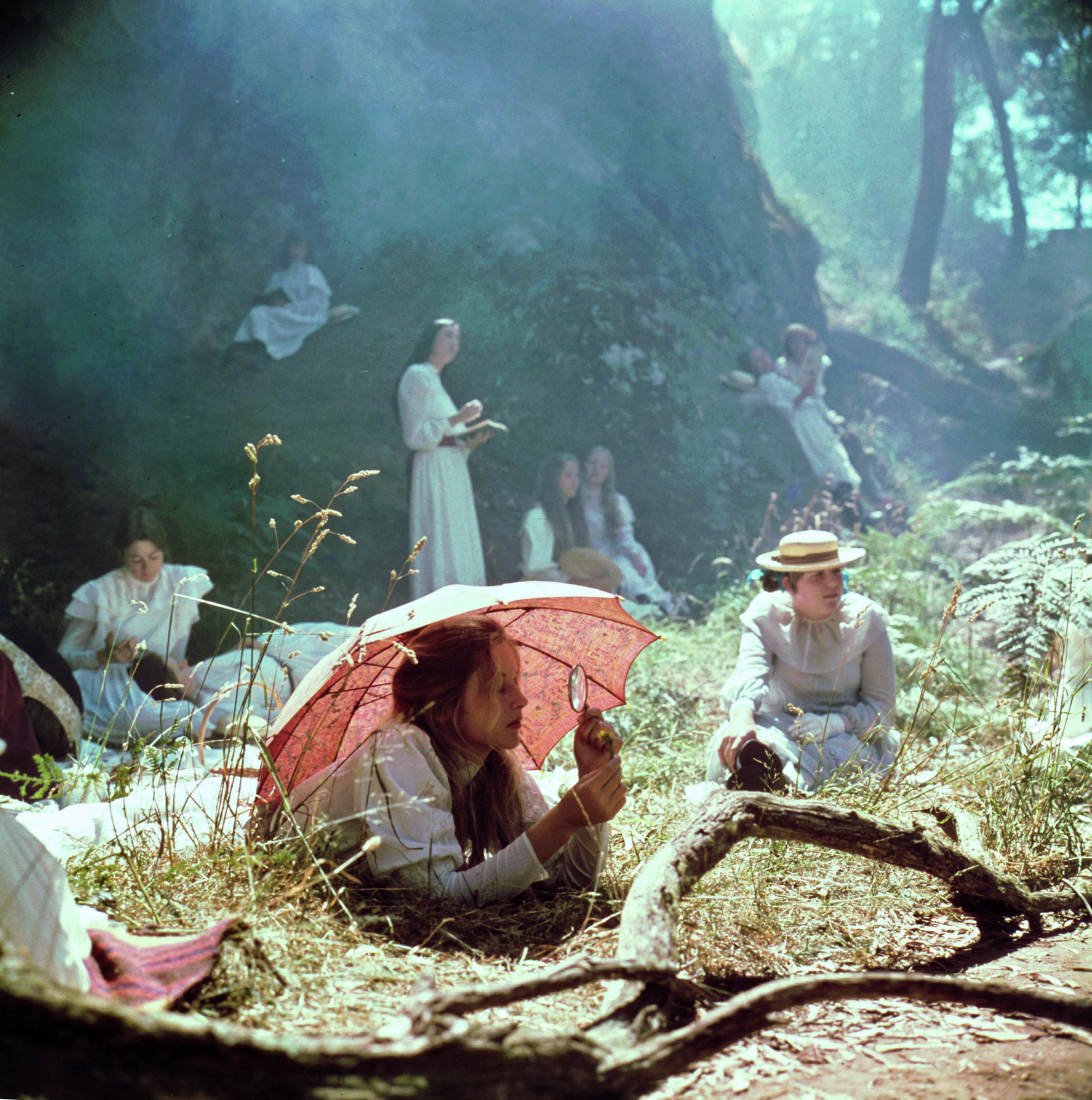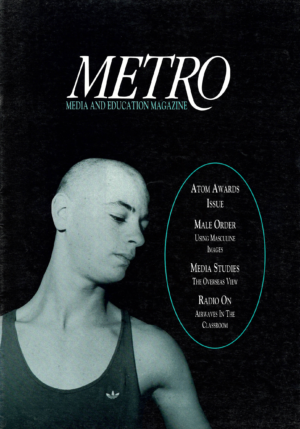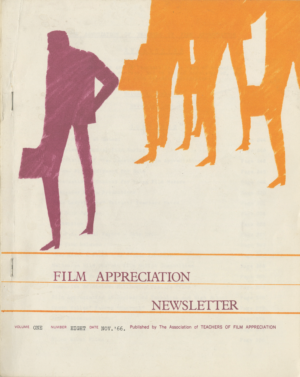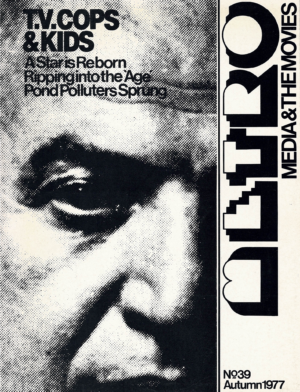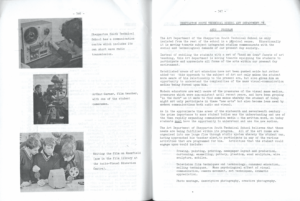The past achievements of the South Australian film industry have long burdened, and threatened to occlude, its present. Writing in Metro in 2006 of 1970s premier Don Dunstan’s ‘Medici-like inspiration’ in establishing the South Australian Film Corporation (SAFC), Russell Porter mused that, ‘we didn’t realize it at the time, but the people drawn to the SAFC in the mid-seventies were to become among the most influential in the following decades of the Australian film and television industries’ (M150). From Picnic at Hanging Rock (Peter Weir, 1975; M35, M149, M193) to Breaker Morant (Bruce Beresford, 1980; M51, M159), the early SAFC films have exerted considerable legacies.
Over the years, Metro has reappraised and recontextualised these films with carefully historicised evaluations. Belinda Smaill analysed Gillian Armstrong’s documentaries charting the changing lives of three Adelaide women, beginning with 1976’s Smokes and Lollies. Smaill examined ‘the intricate links between the spectacle of time passing, temporality within the documentary form and changing gender identity’, suggesting that ‘a historical politics of feminism haunts the series and its reception in a number of ways’ (M167). Elsewhere, Adrian Danks revisited Sunday Too Far Away (Ken Hannam, 1975), discussing the film in relation to earlier ‘runaway’ productions that took advantage of outback South Australia, like The Sundowners (Fred Zinnemann, 1960), and the ‘ocker’ films of the early 1970s that ‘provided a partial commercial model for [Sunday] to follow’ (M158).
Indigenous perspectives have long been central to South Australian cinema. Writing on Ned Lander’s documentary–fiction hybrid film Wrong Side of the Road (1981), Arnold Zable – employing language that reflected the political sensitivities of the time – remarked of its power as
one of the very few films about contemporary urban aboriginal life that gives a clear glimpse of some of the problems and aspirations of the Australian aborigine in our cities. It is a complex view, showing both the continuing forms of harassment and discrimination that form part of the daily pattern of aboriginal life, as well as some of the humour and vitality growing within some aboriginal communities (M58).
And, if the 1980s and early 1990s produced relatively slim pickings for the South Australian film industry, that changed with Scott Hicks’ Shine (1996). Noel Purdon interviewed the director in the aftermath of the film’s international breakthrough, with Hicks pointing out that he had grappled with the tension between the local and the global, musing that ‘a film can be Australian, without being narrowly so. It can also be international in its presence, or for that matter in its declaration of presence’ (M107). Almost two decades later, such a scenario played out with the release of The Babadook (Jennifer Kent, 2014), the first film shot at the then-new Adelaide Studios, and which was only validated in its home country after international acclaim. Nonetheless, according to Briony Kidd, the film ‘vindicates the recent investment in nurturing new talent in South Australia’ (M180).
The Babadook joins some of South Australia’s most notorious exports that probe the darkness at the heart of suburban Adelaide: Bad Boy Bubby (Rolf de Heer, 1993; M140), Snowtown (Justin Kurzel, 2011; M169, M178) and, moving further out of the city, Wolf Creek (Greg McLean, 2005; M145, M148, M150). Dmetri Kamki took aim at the last of these, labelling its success ‘the clearest evidence we have of the triumph of mediocrity, and of the lamentable state of film criticism’ (M148).
But critical favour could be found elsewhere, with the Adelaide Film Festival (AFF) Investment Fund having produced a series of enduring successes: de Heer’s ongoing collaborations with David Gulpilil and sound recordist James Currie, the bravura Boxing Day (Kriv Stenders, 2007; M152) and the idiosyncratic Look Both Ways (Sarah Watt, 2005; M146, M149). Warwick Thornton’s Samson & Delilah (2009) is the crowning achievement of AFF’s financing initiative – and, with it, Tom Redwood announced Thornton as ‘the new hope of Australian cinema’ (M160).
On the eve of her first festival in 2003, AFF director Katrina Sedgwick spoke to Metro about the role that a festival plays in the life of a city, stating that Adelaide ‘can be transformed by a festival in a way larger cities can’t’ (M135). In 2019, AFF enters an uncertain phase of existence, returning to a biennial format for 2020 after briefly experimenting with an annual format. Adelaide’s exhibition culture is further impoverished by the recent closure of DIY cinema Sax & Violins, while iconoclastic new-kids-on-the-block Allison Chhorn and Mike Retter toil at independent digital filmmaking without institutional support. South Australian politicians, bureaucrats and arts administrators alike would do well to heed Sedgwick’s words, and evaluate the present, rather than the received glories of the past. Ever-parochial Adelaide would be considerably more impoverished without its cinema – and without the platforms provided by outlets like Metro.
